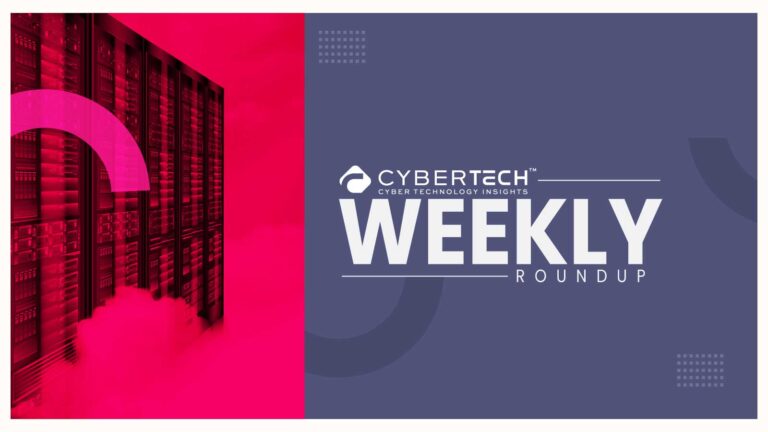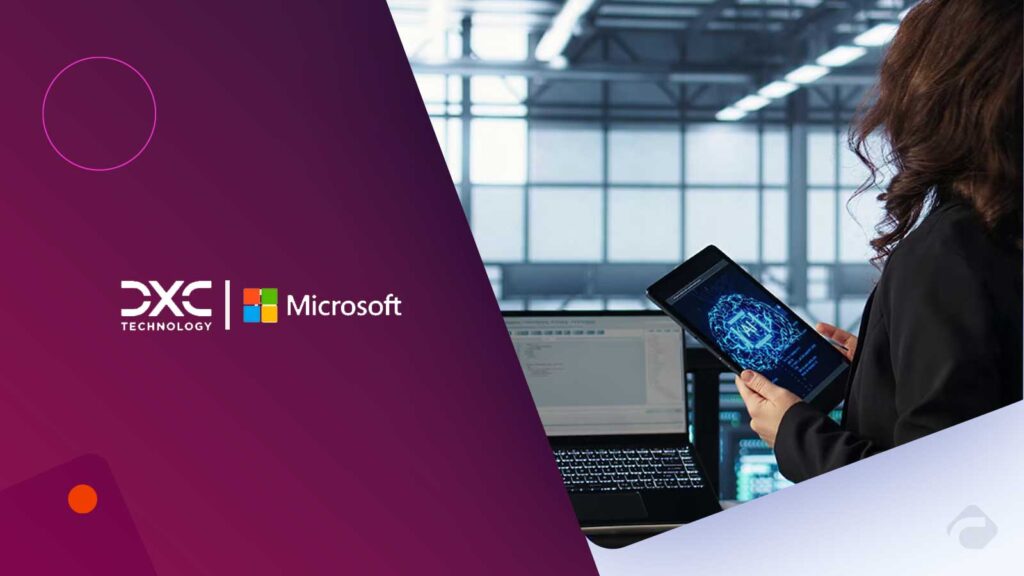In the hyper-connected era of the present, businesses are assaulted by an increasing number of cyber threats and that also at every level of their digital ecosystem. From endpoints and networks to cloud-based environments and browsers, threat actors constantly adapt their strategies to take advantage of weaknesses. To remain on top, businesses need security technologies that provide integrated visibility and real-time threat detection. Enter Security Information and Event Management (SIEM), the linchpin of Modern Enterprise Security.
SIEM technology gathers and analyzes security information from throughout an organization’s ecosystem to deliver real-time awareness and actionable notifications. With the increasing sophistication of cyber attacks, contemporary SIEM solutions have matured with additional advanced analytics, automation, and integration with other security products, and therefore become a necessity for enterprise security teams.
This article discusses how next-generation SIEM platforms improve threat detection. And also why it is imperative to integrate disparate sources of data. Such as endpoint and browser telemetry, when constructing hardened defenses in 2025 and beyond.
What is SIEM?
Security Information, Event Management, or sometimes also SIEM, is a technical solution that combines and analyzes security information. This is from various sources to highlight possible threats. SIEM gathers logs and telemetry from devices, servers, applications, networks, and users, and then correlates information to identify unusual behavior. Through centralized monitoring, SIEM enables security staff to rapidly detect incidents, investigate attacks, and respond accordingly. Classic SIEM systems were primarily concerned with log aggregation and compliance reporting. Today’s cyber threat environment requires more advanced capabilities to keep up with changing attack techniques.
Fundamentally, SIEM works by collecting large quantities of security telemetry. Such as firewalls, endpoints, cloud, identity management system logs, and so on. Correlation rules and behavioral analytics are then employed to identify threats and anomalies that would otherwise escape detection. Real-time alerts and dashboards enable security teams to understand their environment visually and also let them prioritize incidents by severity. The strength of SIEM is its capacity to bring together disparate data sources, providing a comprehensive picture of an organization’s security posture. This integration makes it easier to detect threats, allowing for quicker investigation and response.
The Evolution of SIEM From Traditional to Next-Gen Platforms
SIEM technology has witnessed a dramatic change in the past few years. So, Advanced SIEM platforms today use artificial intelligence (AI) and machine learning (ML) to drive higher detection precision and minimize false positives. Modern Enterprise Security teams can react quickly through automation features by triggering workflows and playbooks automatically.
Adaptation with extended detection and response (XDR) solutions, endpoint detection and response (EDR), in addition to cloud security suites, and even browser telemetry, is now the norm. As an instance, CrowdStrike’s inclusion of Microsoft Edge for Business browser telemetry in its Falcon Next-Gen SIEM showcases how next-gen SIEM solutions expand visibility to key attack surfaces such as enterprise browsers, facilitating complete threat correlation and quicker breach prevention.
Why SIEM is Essential for Modern Enterprise Security
Today’s businesses run across hybrid IT infrastructures, combining on-premises infrastructure and cloud resources with remote employees. Eventually, SIEM solutions deliver centralized visibility amid this complexity, enabling better detection of multi-vector attacks threatening endpoints, cloud workloads, and user identities in aggregate.
In addition to threat detection, SIEM assists organizations in complying with regulatory requirements through the provision of comprehensive audit trails and reports. SIEM also assists incident response teams by enriching alerts with rich data, which expedites investigations and minimizes dwell time for attackers.
The largest cybersecurity challenge is to stop gaps in visibility to different attack surfaces. The newer SIEM platforms respond to this need by incorporating endpoint telemetry, cloud workload telemetry, identity service telemetry, and enterprise browser telemetry.
Enterprise browsers have become a high-priority target for cyberattackers because users regularly use web-based applications and services. Including browser telemetry, like Microsoft Edge for Business telemetry, in CrowdStrike Falcon’s SIEM allows security teams to detect browser-based threats early. Certainly, having this integrated visibility provides better threat correlation between endpoints and cloud assets, reducing blind spots that attackers use to their advantage.
Benefits of Next-Gen SIEM for Modern Enterprise Security
1. Unified Threat Visibility Across Domains
Silos are broken down by new SIEMs collecting telemetry from endpoints, identity systems, cloud platforms, and now browsers. With this unified visibility, teams no longer have to toggle between interfaces to follow an attack in Modern Enterprise Security. For example, CrowdStrike integration with Microsoft Edge for Business allows for in-parallel browser threat detection along with endpoint and identity analytics. This reduces triage time by up to 40%, according to internal benchmarks.
2. Faster, Smarter Detection and Response
The best SIEM solutions use machine learning and behavioral analytics to detect anomalies in real time. Indeed, according to a Ponemon Institute study, organizations using AI-based SIEM solutions reduced their average dwell time (breach-to-detection time) by 35 days. By correlating multiple-domain signals in real time, threats that go unnoticed can be isolated within minutes.
3. Smooth Integration with Current Tech Stack
Security executives prefer avoiding replacing existing investments. New SIEMs do not require that decision. They integrate out-of-the-box with popular enterprise applications such as Microsoft, Okta, AWS, and Salesforce. With open APIs and native connectors, they insert directly into current security operations processes. In CrowdStrike’s instance, the Falcon Data Connector provides a drag-and-drop interface that speeds third-party data ingestion and cuts integration time by 60%.
4. Automation-Driven Modern Enterprise Security Operations
Contemporary SIEMs no longer just alert; they automate. With integrated SOAR (Security Orchestration, Automation, and Response) features, activities such as incident response, threat hunting, and user access review are now partially or entirely automated. Based on a recent SANS survey, 44% of organizations utilizing SIEM+SOAR minimized manual effort in their SOCs by at least 50%.
5. Browser Security Becomes a First-Class Citizen of Modern Enterprise Security
Business browsers are now a prime target because they act as a point of entry to confidential information. Many legacy security appliances, however, overlook them. By consuming browser telemetry such as Microsoft Edge for Business, next-generation SIEM systems protect this forgotten surface. CrowdStrike’s browser-to-endpoint-to-identity telemetry correlation has enabled customers to cut phishing-type breaches by more than 25% within six months.
The Strategic Role of SIEM in Business Continuity
SIEM isn’t just an IT tool, it’s a business enabler. CISOs now present SIEM dashboards directly to boards and audit committees, showcasing how risk is being reduced in quantifiable terms. The visibility and control that SIEMs provide over compliance (GDPR, HIPAA, CCPA, etc.) make them indispensable in regulated industries. According to Gartner, 72% of organizations using next-gen SIEMs reported smoother audits and faster regulatory reporting cycles.
To be concluded, in a world where one unnoticed vulnerability can cost millions, modern enterprise security must be proactive, connected, and intelligent. SIEM systems such as CrowdStrike Falcon are at the forefront by combining disparate data sources, bringing context with AI, and accelerating response. The change is very evident that new security isn’t more tools, it’s smarter, integrated ones.
If you’re assessing your cybersecurity stance, it’s crucial to understand the transfigurative potential of SIEM. It’s no longer logs and alerts. It’s visibility, velocity, integration, and tenacity, all pillars of Modern Enterprise Security.
FAQs
1. How does a next-gen SIEM differ from traditional SIEM platforms?
Traditional SIEMs primarily focused on log aggregation and compliance reporting. Next-gen SIEMs incorporate AI, machine learning, real-time behavioral analytics, and automation to detect threats more accurately and reduce false positives. They also support deeper integrations with endpoint, identity, cloud, and browser telemetry, enabling a more holistic and responsive security posture.
2. Why is browser telemetry important in SIEM, and what value does it add?
Enterprise browsers are frequent entry points for phishing, credential theft, and malware. By including browser telemetry (e.g., from Microsoft Edge for Business), SIEM platforms can correlate threats across the browser, endpoint, and cloud in real-time. This helps reduce detection gaps and provides context-rich alerts that improve investigation accuracy and speed.
3. Can a modern SIEM integrate with our existing security tools and infrastructure?
Yes. Most modern SIEM platforms offer prebuilt integrations with common enterprise tools like Microsoft Azure, AWS, Okta, and Salesforce. Many also support open APIs and connectors for seamless third-party data ingestion, minimizing disruption and preserving existing investments in your security stack.
4. How does SIEM automation reduce workload in a Security Operations Center (SOC)?
Automation through SOAR capabilities allows repetitive tasks like incident triage, user access validation, and threat containment to be handled with minimal human intervention. This significantly reduces analyst fatigue and SOC workload. According to recent studies, many organizations see up to a 50% reduction in manual SOC tasks after implementing SIEM+SOAR solutions.
5. What role does SIEM play in regulatory compliance and audit readiness?
SIEM platforms help generate real-time audit trails, compliance reports, and dashboards aligned with regulations like GDPR, HIPAA, and CCPA. By centralizing and normalizing logs across systems, SIEMs simplify audits and ensure quick, accurate responses to compliance inquiries, making them indispensable in regulated industries.




